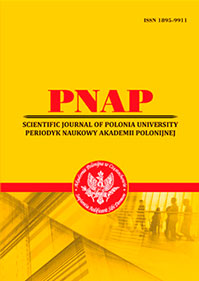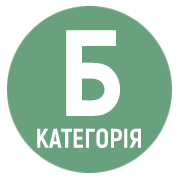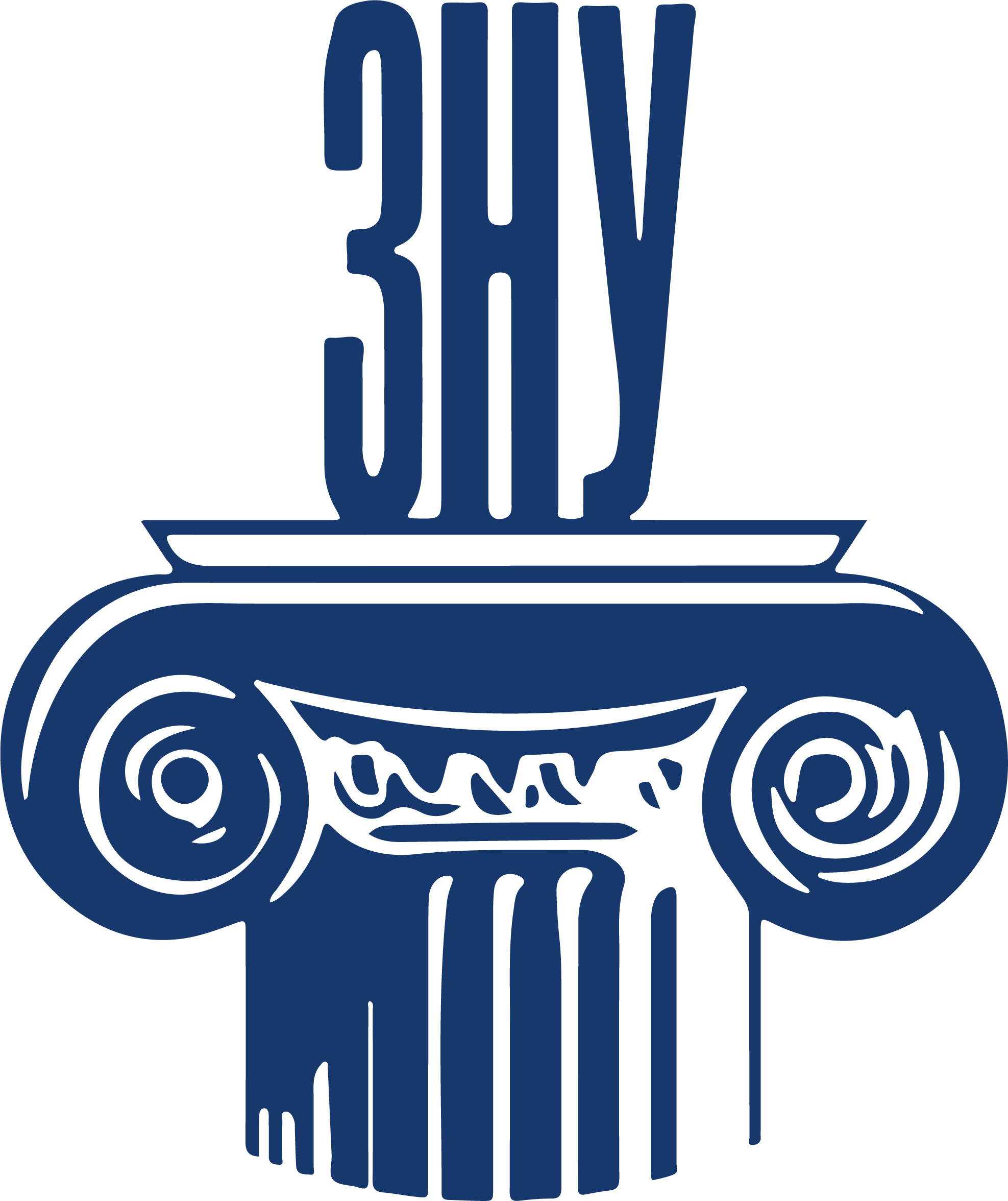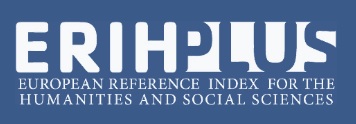MULTILINGUAL FORMAL ASYMMETRY IN MICROSTRUCTURE OF INNOVATIVE LOGOSPHERE OF COMPUTER BEING DYNAMICS
Abstract
The most productive regular means of building the formal microstructure of the innovative logosphere of computer being is affixation. The phenomenological basis of the dynamic integrative nature of the innovative logosphere of computer being at the macro level is also the mechanism of the formative asymmetry of innovative computer terms. Within the framework of this study the functioning of equivalent formative units was revealed, which are not homogeneous in etymological motivation. Heterogeneous formative equivalents are understood as two or more word-forming elements, different in origin and degree of assimilation in the English usage, but identical or almost identical in denotative volume and significant features. Word-forming elements of this type are bilateral units, which are phenomenologically correlated with isomorphic substantive features of computer being within the framework of different substrate structures of content of innovative computer terms. There are 6 semantic elements, the linguistic phenomenology of which is carried out by etymologically inhomogeneous equivalent means (due to authentic or assimilated and partially assimilated formants-barbarisms, borrowed from classical languages, German, Japanese French, etc.): 1) virtual component; 2) location of the subjects of computer being; 3) the state of connection / disconnection to the Internet; 4) a specialist in the field of computer being; 5) a tycoon of the computer-industrial complex; 6) fear, rejection of computer being. Heterogeneously motivated elements of the external form of innovative computer terms reproduce both the segments of the correlates of the existential dimensions of the innovative logosphere of computer being and the elements of the anthroposphere of computer being. All innovative computer terms, formed with the use of the corresponding elements of the word form, codify the semantic elements, successively designed in different substrate stages of the semantic microstructure of a separate innovative language unit.
References
2. Copilevitz T. Censoring Cyberspace Centers on Semantics. The Dallas Morning News. 1999. Dec. 17. P. 15.
3. Makhachashvili Rusudan. Models and Digital Diagnostics Tools for The Innovative Polylingual Logosphere Of Computer Being Dynamics. Italian-Ukrainian Contrastive Studies: Linguistics, Literature, Translation. Peter Lang, 2020.
4. Quinion M. Country names in -stan. Logophilia. Jan., 2001. P. 26–28.
5. Quinion M. How words enter the language. Information Concepts. NC : NCU Press, 2003. P. 41–43.
6. Rheingold H. The Virtual Community. LA : California University Press, 1999. 368 p.
7. Warig Deutsches Wörterbuch. Gutersloch : Bertelsmann Lexocon Vrelag GMBH, 1997. 1655 s.
8. Берестнев Г. О «новой реальности» языкознания. Филологические науки. 1997. № 4. С. 56–68.
9. Боннар А. Греческая цивилизация : в 2-х т. Москва : Наука, 1986. Т. 1. 387 с.
10. Вежбицкая А. Cемантические универсалии и описание языков. Москва : Языки русской культуры, 1999. 780 с.
11. Єнікєєва С. Система словотвору сучасної англійської мови: синергетичний аспект (на матеріалі новоутворень кінця ХХ – початку ХХІ століть) : дис. … докт. філол. наук: 10.02.04 Київ, 2011. 438 с.
12. Єнікєєва С. Формування та функціонування нових словотворчих елементів англійської мови: дис. … канд. філол. наук: 10.02.04. Харків, 1999. 167 с.
13. Зацний Ю. Інтернет і збагачення словникового складу англійської мови у новому столітті. Вісник Сумського державного університету. Серія «Філологічні науки». 2003. № 4 (50). С. 75–79.
14. Зацний Ю. Розвиток словникового складу сучасної англійської мови. Запоріжжя : Запорізький державний університет, 1998. 432 с.
15. Зацний Ю. Інновації у словниковому складі англійської мови початку XXI століття : англо-український словник. Вінниця : Нова книга, 2008. 360 с.
16. Камша В., Камша Л., Камша Ю. Про кібернетику другого етапу НТР. Складні системи і процеси. 2010. № 1 (17). С. 25–41.
17. Косовский Б. Учение о слове и словарном составе языка. Минск : Вышейшая школа, 1974. 272 с.
18. Левицький А. Функциональная переориентация номинативных единиц современного английского языка. Житомир : Ред.-издат. отдел ЖГПУ, 2001. 168 с.
19. Махачашвілі Р., Сидоркіна А. Дискурс японських нових масмедіа: природа, ознаки та розвиток. Studia Philologica. 2019. C. 38–45.
20. Никитин М. Развернутые тезисы о концептах. Вопросы когнитивной лингвистики. 2004. № 1. С. 53–64.
21. Хайдеггер М. Бытие и время. Москва : Фолио, 2003. 503 с.
22. Шепель Ю. Словообразовательный ряд в системе словообразования. Днепропетровск : Наука и образование, 2006. 304 с.
 ISSN
ISSN 


.png)




